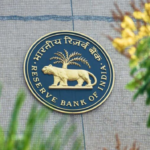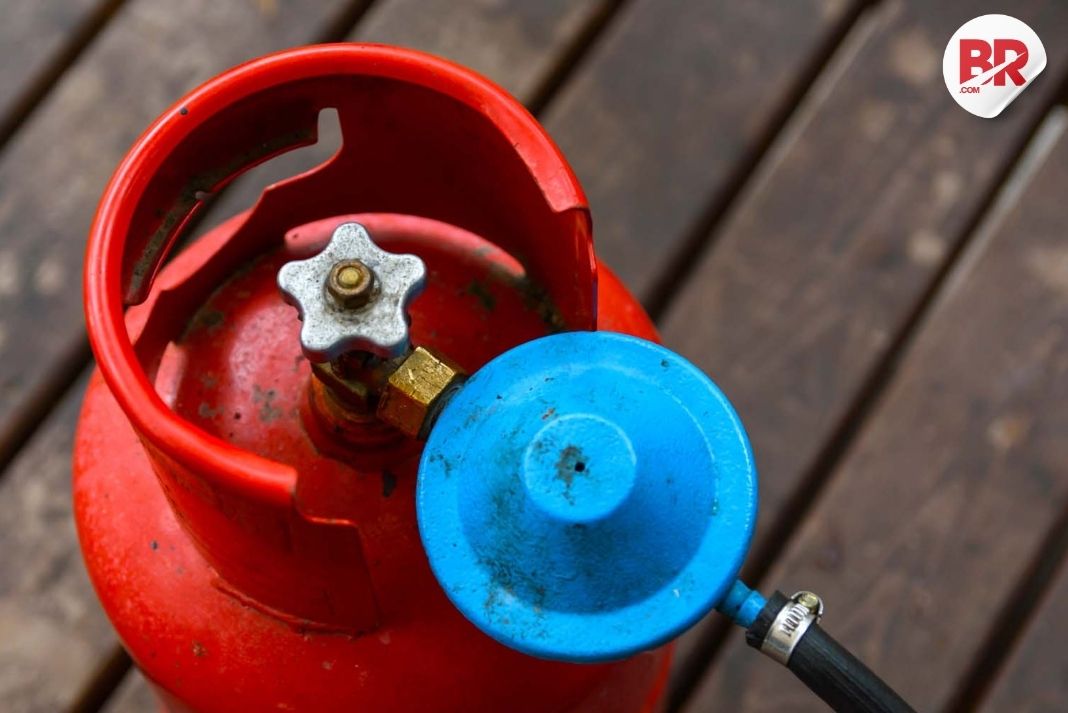
A new report by the International Monetary Fund (IMF) says that the growing use of UPI (Unified Payments Interface) in India has led to a decrease in the use of cash.
The IMF team studied things like how much money people are withdrawing from ATMs and how much cash is circulating in the economy compared to the country’s GDP. These factors showed that people are using less cash since UPI was launched in 2016.

Today, UPI handles over 18 billion transactions every month, making it the most popular way to make digital payments in India. In fact, India now makes faster digital payments than any other country.

The report praised interoperable payment systems like UPI, which allow users to send and receive money between different apps and banks easily. This flexibility has helped UPI grow to include more than 600 banks and 200 apps.
Read more: Flipkart to Offer $50 Million in Employee Stock Buyback; Over 7,000 Staff Could Benefit
When UPI first started, most users accessed it through their bank apps because they trusted their banks. But over time, people switched to other apps that offered better features and user experience—thanks to the freedom to choose between apps.
Also See: New Tatkal Ticket Booking Rule from July 1, 2025: Aadhaar Must Be Linked with IRCTC Account
Now, third-party apps dominate the UPI market. Among banks, private banks have more users using their own apps compared to public sector banks.












